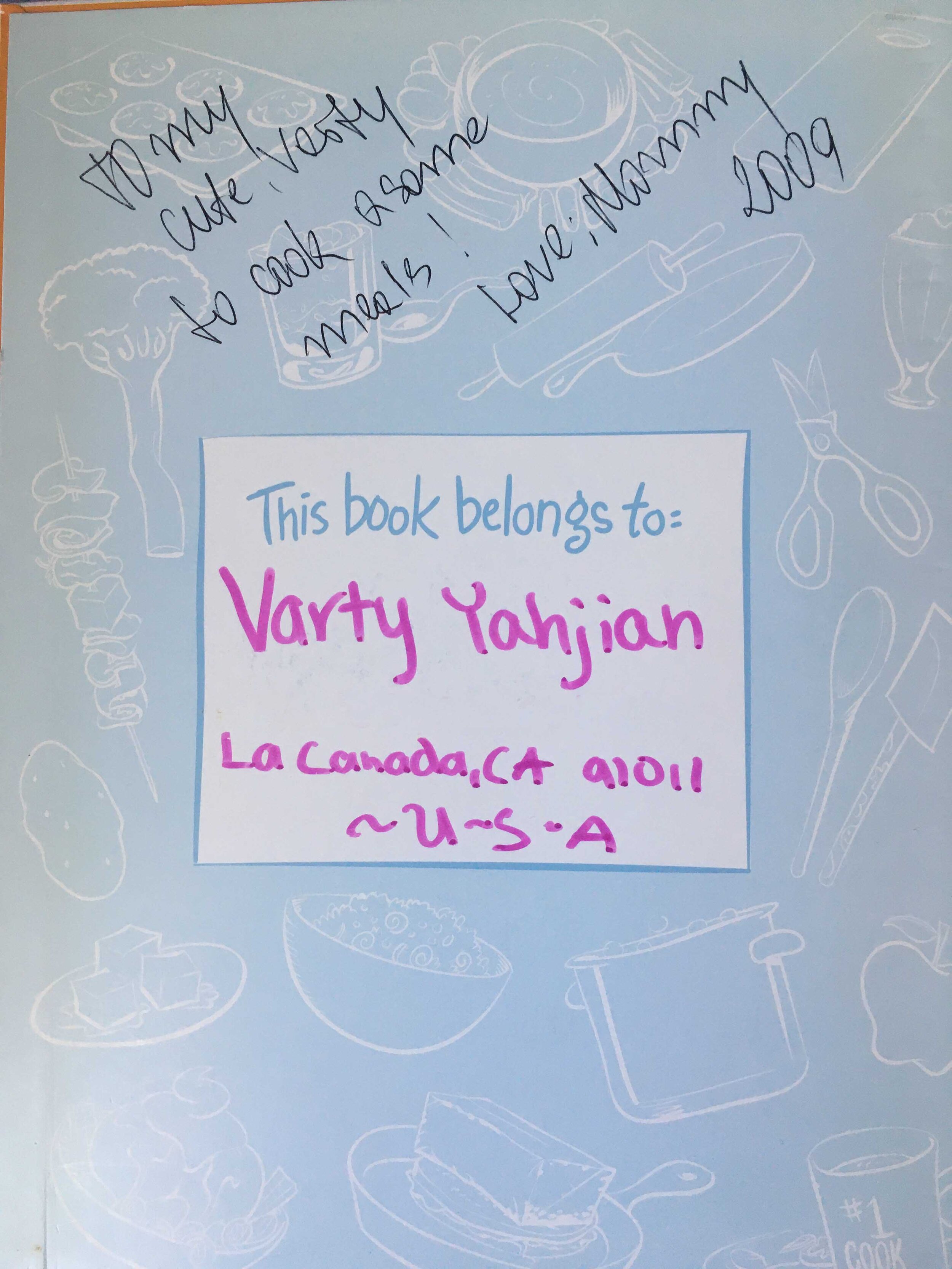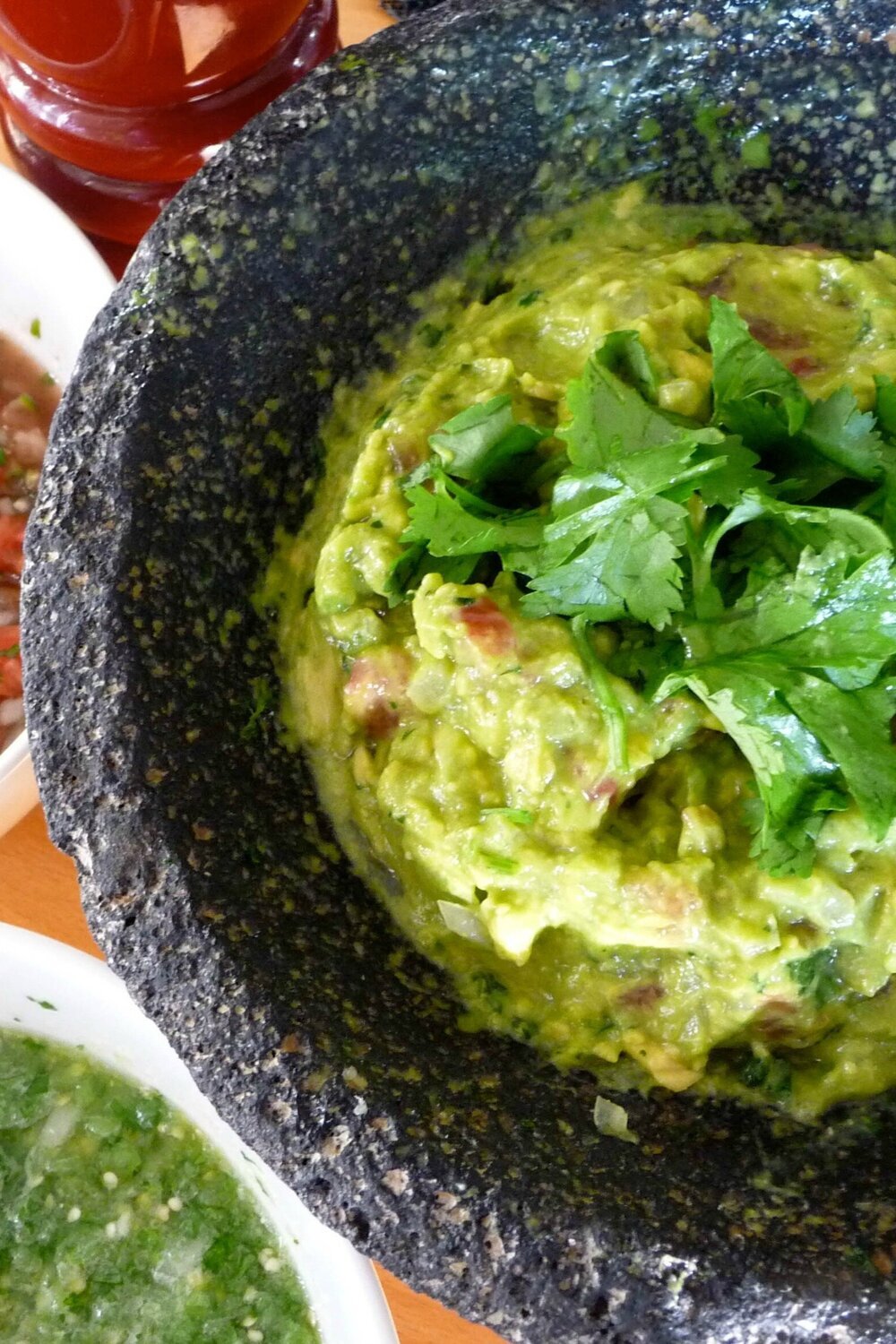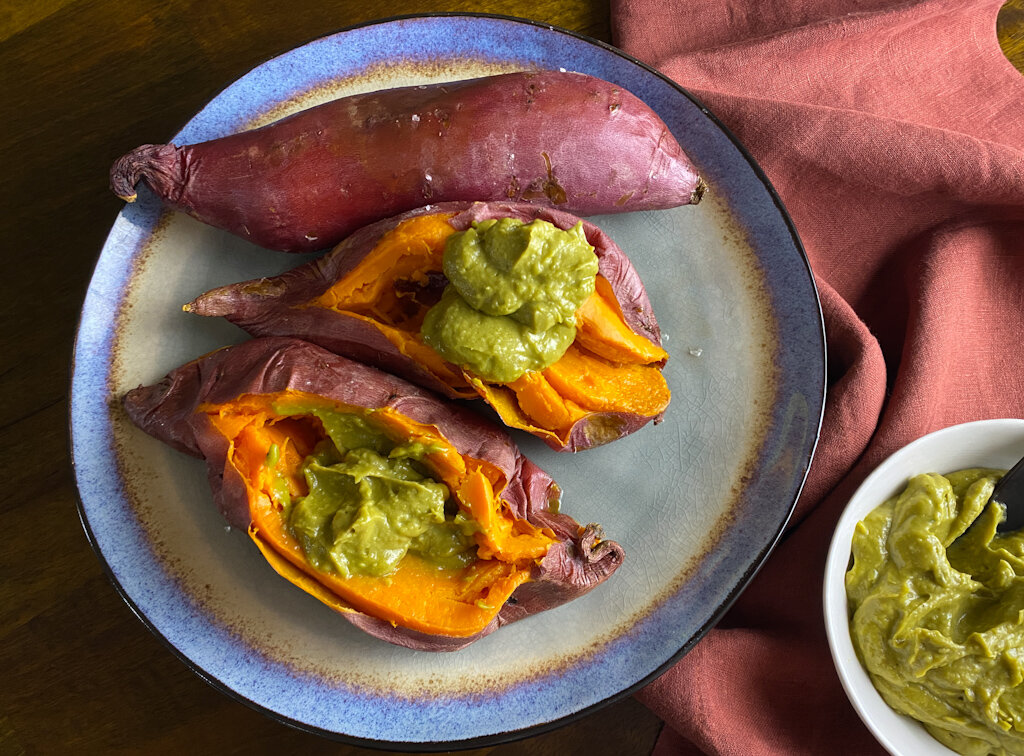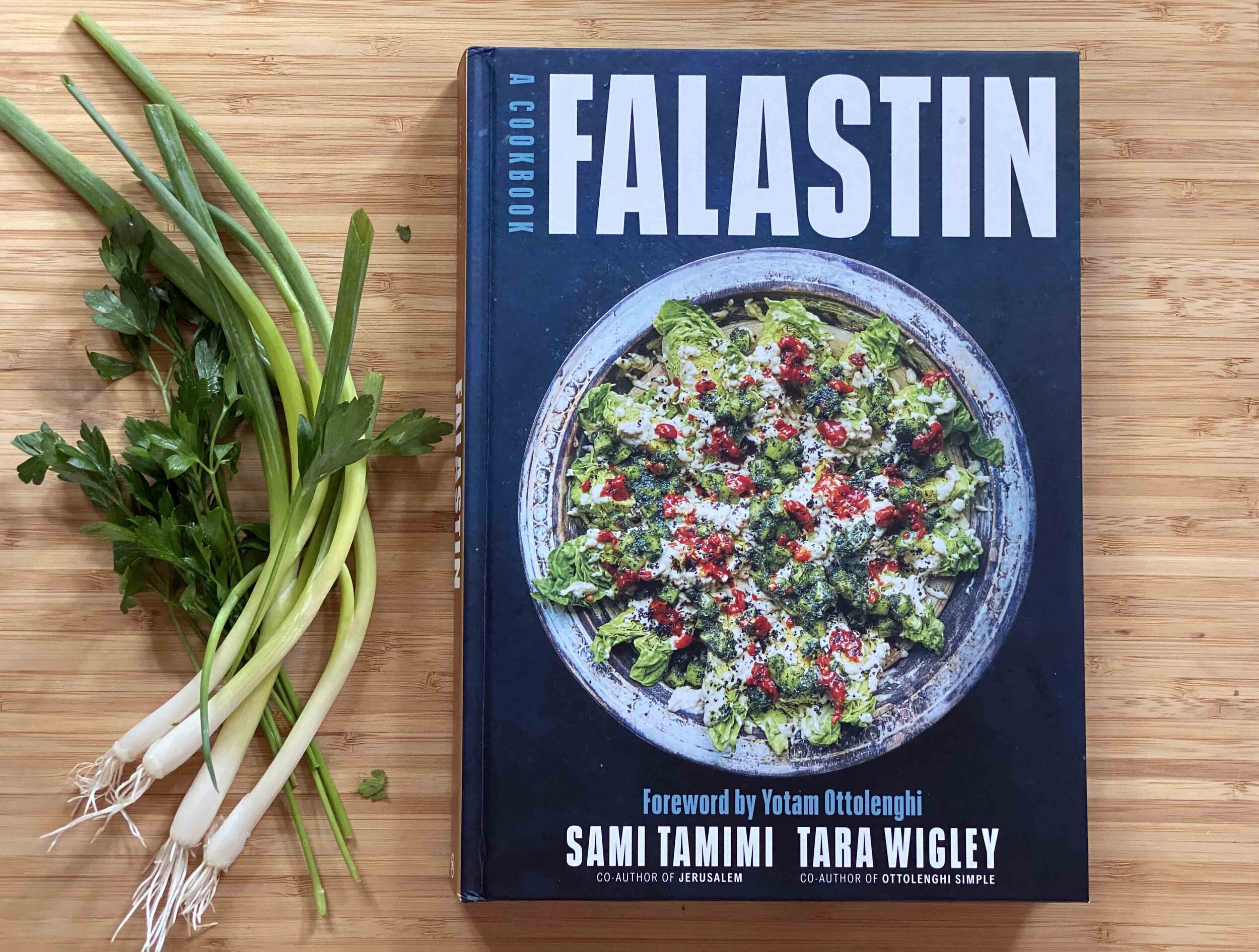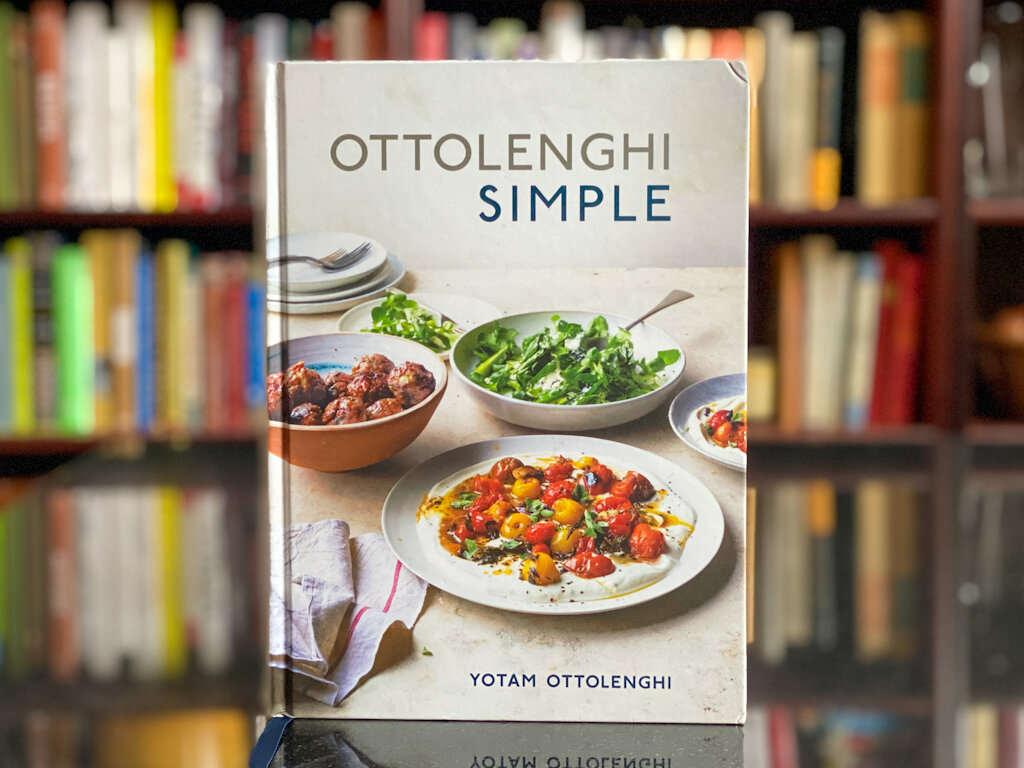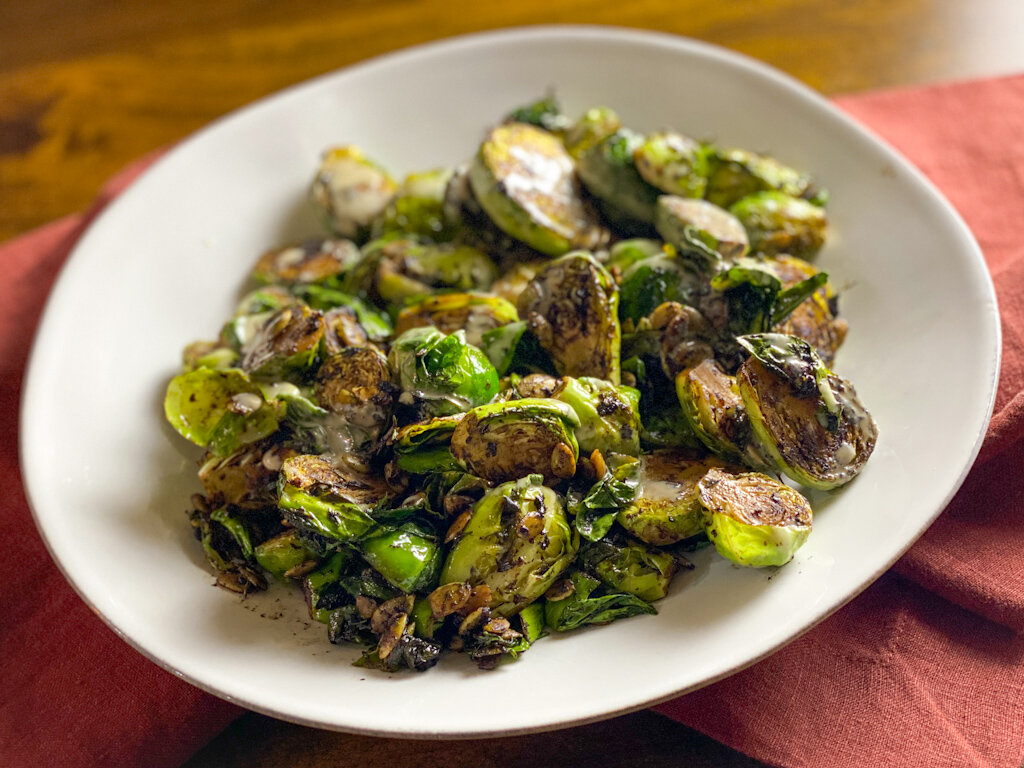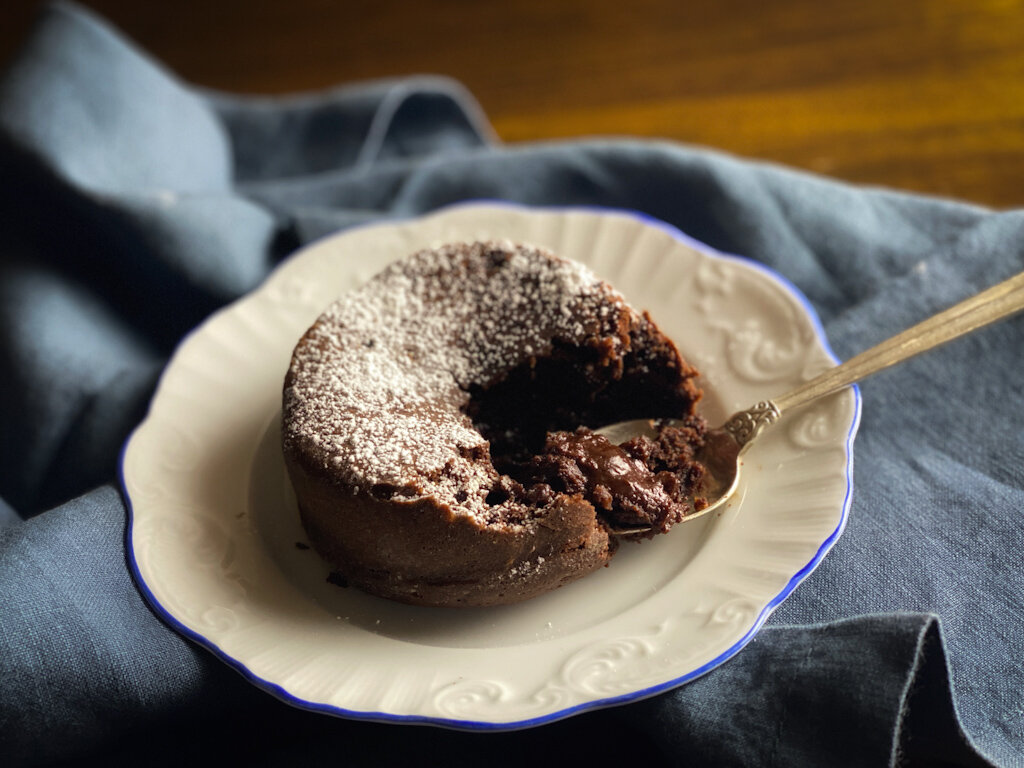By Varty Yahjian
My mother and I see eye to eye on exactly three things: inappropriate humor, dangly earrings and eating with our hands. (Vehement approval!) Oh, and we both sleep in on the weekends and cancel plans before noon.
Aside from these, it’s hard to find common ground between us, and we widen that distance in the kitchen. There, we disagree about it all. She doesn’t salt food while it cooks, while I think it’s a mistake to wait till the end; I like caramelizing onions, while she thinks it's a waste of time.
We do, however, have a common food heritage, one that spans the 36 years between us: We both grew up eating food native to the Caucasus and Eastern Europe.
Our family tree is ethnically Armenian, but for the three generations preceding me, we have had Bulgarian nationality. In the early twentieth century, my paternal great-grandparents escaped ethnic cleansing in Anatolia and settled in Sofia, Bulgaria — where my father was born, and where my parents would eventually meet in the 1970s. My mother’s great-great-grandparents left Anatolia for the same reason even earlier, sticking to the Black Sea’s coast following their voyages as refugees.
The result of these migrations is our family’s tradition, a fabulous mix of Armenian, Bulgarian, and now with me, American sensibilities.
As with most immigrant families, my mother is the sovereign of the stove. To her it’s an indisputable reign, making for a tumultuous dinnertime environment because over the years, I’ve relied less on her recipes as I create my own. For instance, I use stewed tomatoes and a lot of dill in our flu-season chicken soup in lieu of her usual celery and bell peppers. Like a true monarch, she loathes these types of rebellions, vexedly announcing “I’m sorry, but no, this is not how you do it!” before storming off.
When we were all younger, my mother fed the whole family, of course. I don’t know how she did it, because after working a ten-hour workday and pulling dinner together, she had to deal with my ruthlessly picky palate.
Until I was in middle school, I rarely ate anything that wasn’t potatoes, rice or macaroni. Mushrooms were smelly and pretended to be meat; buckwheat tasted like aluminum foil (yes, I said that exactly); and romaine lettuce, my final boss of hated foods, was unbearably bitter.
Regardless of protest, my mom always made sure my plate left the table clean; if not, “mekhké” — it’s a shame, as she would say — because those last few bites were my good luck charms.
Thankfully my tastebuds evolved in tweendom. Perhaps it was the feeling of unsupervised freedom after being dropped off at the mall that led me towards the food court’s salmon nigiri and fried chicken with waffles.
Or maybe my budding womanhood began to recognize how incredible it was that my mother managed to feed us every single night. I owed it to her to honor her food, especially because at this point, she was also working on the weekends. Looking back, I see that my mother’s cooking was a love-language, and I understand now why she’d get so upset when I brought back full Tupperwares of food from school.
But part of my coming around could also just be that at some point, I saw how unbelievably lame it was to be so stubborn about food.
In seventh grade I started watching Food Network, and my mother took note. Encouraging my growing curiosity, she bought me a copy of Cooking Rocks!: Rachael Ray 30-Minute Meals for Kids, and in her typical compliment-and-command delivery, inscribed on the first page “To my cute Varty to cook some meals!”
And cook some meals I did, starting with Ray’s Tomato, Basil and Cheese Baked Pasta recipe, which I’ve since memorized and still make, with some grown-up additions. My parents loved it, and I was immediately validated — a powerful feeling for anyone, and especially a Green Day-listening, greasy-haired thirteen-year-old.
In high school, armed with my new driver's license in our family's Volvo wagon, I began tearing through Los Angeles' incredible culinary jungle — thrilled by the star anise and coriander at our local pho shop and tacos de lengua in Cypress Park.
At home, I started carefully watching my mother because those smells of toasted butter, tomato sauce, and allspice had begun to signal more than just “dinner’s ready.” They were re-introducing me to flavors of my heritage — a connection to my great-grandparents I now feel so grateful for.
I slowly learned the basics of our household standards: pilaf with vermicelli noodles, Bulgarian meatball soup, moussaka and dolma. I mostly observed and tried not to intervene because the few times I did, I slowed my mom down and got in the way. I watched how she used her hands to scoop roughly chopped onions into a pool of olive oil with a slice of butter for taste, and then liberally season them with paprika and chubritsa, a dried herb essential to the Bulgarian kitchen.
Fast-forward to 2021, and we’re back in the same kitchen. My mother and I don’t really cook together; typically it’s only one of us preparing dinner for the family at a time.
Except this time we’ve decided to collaborate — on a popular Western Armenian dish, vospov kofte, lentil “meatballs.”
Vospov in Armenian translates to “with lentil” and kofte, or “meatball,” is spelled in Turkish. Neither word necessarily explains where the dish originates from. Lest we forget, the majority of the Middle East and all of Anatolia — where my great-grandparents are from — were under Ottoman rule for centuries. Present-day Armenia and Turkey share a border, and given their history, attributing food to either one is fertile ground for an argument in the comments section.
Typically the dish is served as part of the cold mezze on Western Armenian dining tables. It’s popular during Lent, when animal products are shunned in observation of Jesus Christ’s forty days resisting the devil’s temptation. As such, Armenian Lenters have gotten pretty creative over the last two thousand years in reworking dishes to meet the orthodoxy’s expectations. Vospov kofte is one of these remixes, where beef or lamb is swapped with red lentils and bulgur to make for a lighter, all-vegan version that pleases God and mortals alike. It’s so delicious that in our family, we enjoy it year-round.
Given our foundational cooking disagreements, the idea of my mom and I preparing these vospov koftes together is a big deal.
We begin by bickering over which saucepan to use, a common pre-cooking ritual for us. I prefer to use a smaller pot, but my mother insists (and I’ll now admit rightfully so) that we’ll need the larger one to contain the lava-like bubbles red lentils make when they simmer into a thick paste.
After enough shuffling around one another in near-silence, the tension finally breaks as we laugh about how the measuring cup could have disappeared into thin air.
We measure out and soak bulgur, which will get stirred into the thick lentil paste along with parsley, spices, scallions and sautéed onions, discuss the supremacy of Italian parsley over curly-leaf as we chop, and compare the ways we’ve failed at trying to cut onions without crying. We learn that neither of us is the timer-setting type, and our bulgur probably spends a bit too long soaking. Not a big deal, though.
We hand-knead everything together with great conviction, and slowly it turns into an aromatic paste, sticking to our fingers. After scraping as much of it off our palms into the bowl as we can, we set aside a little bowl of water, dip our fingers in, and start shaping the kofte into its characteristic, ovalesque shape, lengthened on the ends and slightly flattened in the middle. We arrange our koftes in a neat wreath, decorate it with more chopped parsley, and then finally face the truth: It is extremely rare to find us in the kitchen together. Why is that?
“Because you always tell me what to do for no reason,” I say with a touch of shade.
My mom pauses, and for a millisecond drops eye contact before returning with the smile of someone who’s seen me spit out celery and start fights over cilantro: “You have a great taste, and everything you make is very yummy. Let’s cook together more.”
And because she wouldn’t be my mother without giving me a task, she hugs me and says, “Just you need to do clean-up after you cook.”
I’ll heed her words, because she’s right: The countertop is a cacophony of utensils, parsley stems and spilled cumin. But for once, this mother and daughter are totally, deliciously, in sync.
Varty Yahjian lives, works and cooks in La Cañada, California. This is her first story for Cooks Without Borders.



